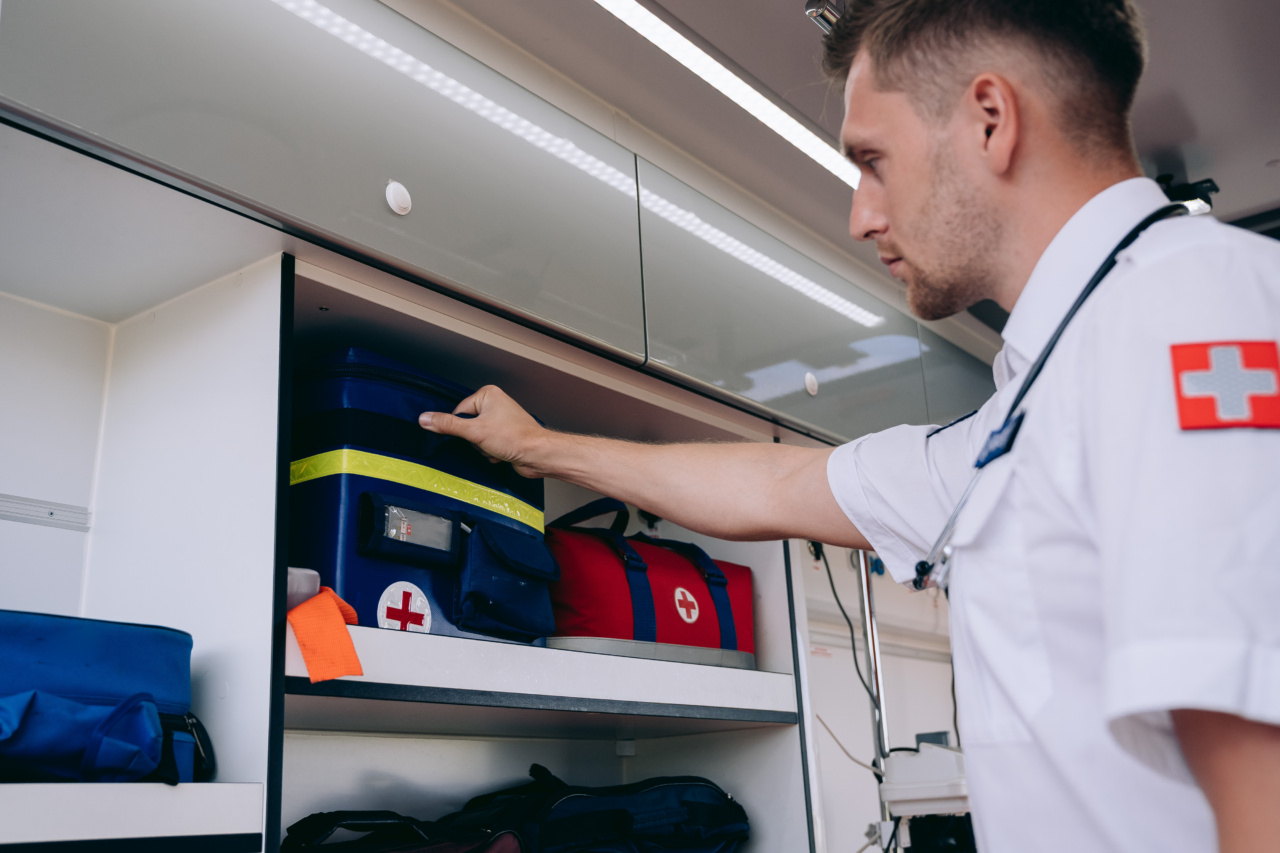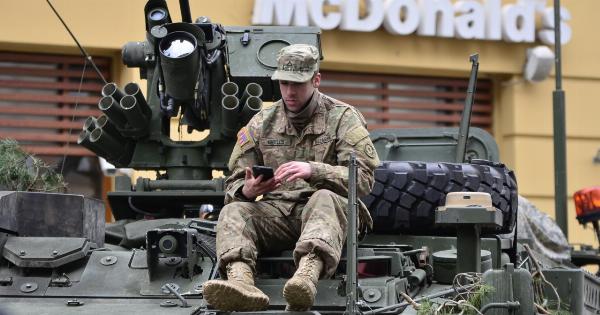Local emergency aid centers are facilities that are established to provide immediate assistance, support, and care to individuals who are in need during emergencies or disasters.
These centers aim to offer various types of aid including medical assistance, shelter, food, water, and other essentials to ensure the safety and well-being of affected individuals.
The Role of Local Emergency Aid Centers
During emergencies, local emergency aid centers play a critical role in coordinating relief efforts and providing necessary support to affected communities.
These centers act as a central hub for emergency response activities, enabling them to effectively mobilize resources and provide assistance to those in need.
Services Provided by Local Emergency Aid Centers
Local emergency aid centers offer a range of services to meet the needs of affected individuals. Some of the key services provided by these centers include:.
1. Medical Assistance
Emergency aid centers often have medical professionals and facilities on-site to provide immediate medical attention to those who are injured during a crisis.
These centers are equipped to handle a variety of medical emergencies and can provide necessary treatment and care until individuals can be transferred to a hospital if needed.
2. Temporary Shelter
In the aftermath of a disaster or emergency, many individuals may find themselves without a place to stay. Local emergency aid centers provide temporary shelter to those displaced by the event.
These centers offer a safe and secure environment where individuals and families can find refuge until more permanent housing solutions can be arranged.
3. Food and Water Distribution
One of the most basic needs during an emergency is access to food and clean water. Local emergency aid centers often have provisions in place to distribute food and water to affected individuals.
This ensures that everyone has access to the essential resources needed for survival until other support systems can be established.
4. Clothing and Personal Supplies
Emergency aid centers may also provide clothing and personal supplies to individuals who have lost their belongings during a disaster.
These centers rely on donations from the community to offer items such as clothes, toiletries, blankets, and other essentials to those in need.
5. Counselling and Emotional Support
Experiencing a disaster or emergency can be a traumatic event, leaving individuals in need of emotional support and counseling.
Local emergency aid centers often have trained professionals who can provide counseling services to help individuals cope with the emotional impact of the situation.
6. Information and Communication
During emergencies, staying informed and having access to reliable communication channels is crucial.
Local emergency aid centers serve as information hubs, providing updates on the current situation, evacuation procedures, and other important information to affected individuals. They also help facilitate communication between individuals and their loved ones to provide reassurance and support.
7. Volunteer Mobilization and Coordination
Local emergency aid centers often rely on volunteers to support their operations.
These centers play a key role in mobilizing and coordinating volunteers to assist with various tasks such as distributing supplies, providing medical aid, and offering emotional support. They ensure that volunteers are properly trained and deployed to areas where their assistance is most needed.
8. Coordination with Government and Non-Profit Organizations
Local emergency aid centers work closely with government agencies and non-profit organizations to coordinate relief efforts.
They serve as a point of contact for these entities, helping to facilitate collaboration and ensuring that resources are deployed efficiently to areas with the greatest need.
9. Disaster Preparedness and Education
In addition to providing immediate assistance during emergencies, local emergency aid centers also play a crucial role in disaster preparedness and education.
These centers offer training programs, workshops, and information sessions to educate communities about the importance of preparedness and how to effectively respond to emergencies.
10. Community Support and Rebuilding
After an emergency or disaster, local emergency aid centers continue to provide support to affected communities during the recovery phase.
They assist in the rebuilding process by helping individuals access resources, navigate paperwork, and connect with other support services to rebuild their lives and communities.
Conclusion
Local emergency aid centers are an integral part of emergency response systems.
They provide vital support and services to individuals during times of crisis, ensuring that basic needs are met, medical assistance is available, and emotional support is provided. These centers rely on the collaboration of various stakeholders, including government agencies, non-profit organizations, and volunteers, to effectively respond to emergencies and aid in the recovery process.































